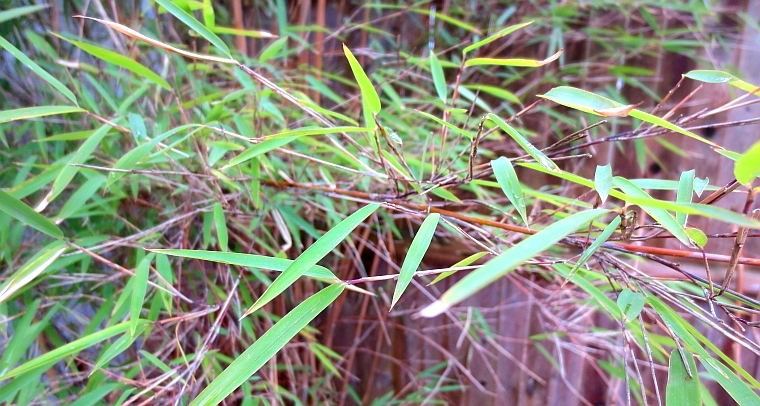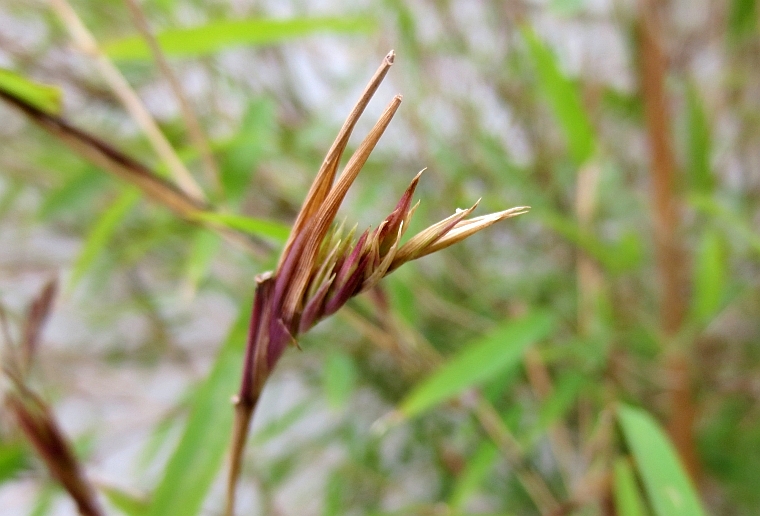Last year we lost one of our two Fargesia nitida bamboo stands. It was a devastating blow, particularly when you consider the circumstances: the fountain bamboo flowers only once in its lifetime – after about a hundred years – and then promptly sets seed before dying a quick death. The odds of purchasing a Fargesia around the time of its blooming period were pretty slim – but it appears this was one of those times. I’d been nurturing both plants for about seven years, and they were finally a decent size, reaching up to the roof of the house, and starting that gorgeous cascading effect that gave the grass its common name. When I noticed that the bamboo on the East end of the house was starting to bloom last year, my heart sank. I knew what was to come. The small yellow blooms passed, the seed set, and then it turned brown and dried up. It was sad and quick, but I let the seed ripen and collected as much of it as I could, hoping to sow some this year.
I walked the length of the house to examine the other Fargesia stand to see if it too was going to give up the ghost. Luckily, there were no signs of flowers, so I breathed a slight sigh of relief, and pocketed the worry that since they were purchased from the same place at the same time, it was likely this was going to bloom in a year or two. The other day, I looked out of the bedroom window and saw the scene below:
This is the bud of the bamboo flower. It will bloom in the new few weeks. Then it will set its seed, and the beautiful plant will die. Both corners of our home will be bereft of their bamboo buffer. The gorgeous softening those plants have provided will suddenly cease, the peaceful countenance they somehow inspired will subside, and the corners will jut out once again. The only hope that will remain are the seeds I will try to collect again. These precious vessels will be our way of continuing the beauty. I’ll give some of them to my Dad (he is the original gardener of the family, and he does much better at sowing seeds than I do) and I’ll try to get some growing back in their original spots. By the time the next owners of our house arrive, they may be back for another hundred years of beauty.
Back to Blog

